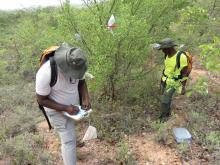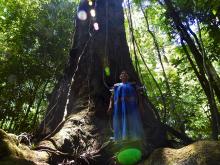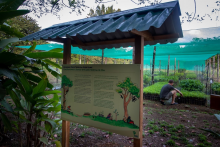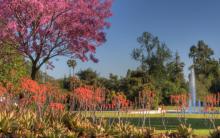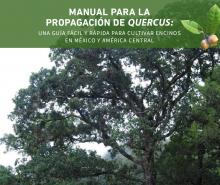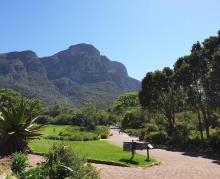From Arkansas to Stephens Lake Park: Horticulturist hopes to save endangered oaks
By Hudson Heidger, Alex Wolf and Dylan Schwartz
Ryan Russell, the horticulturist for Columbia’s Parks and Recreation Department, is on a mission to bring the endangered quercus acerifolia — maple-leaf oaks — to Columbia.



